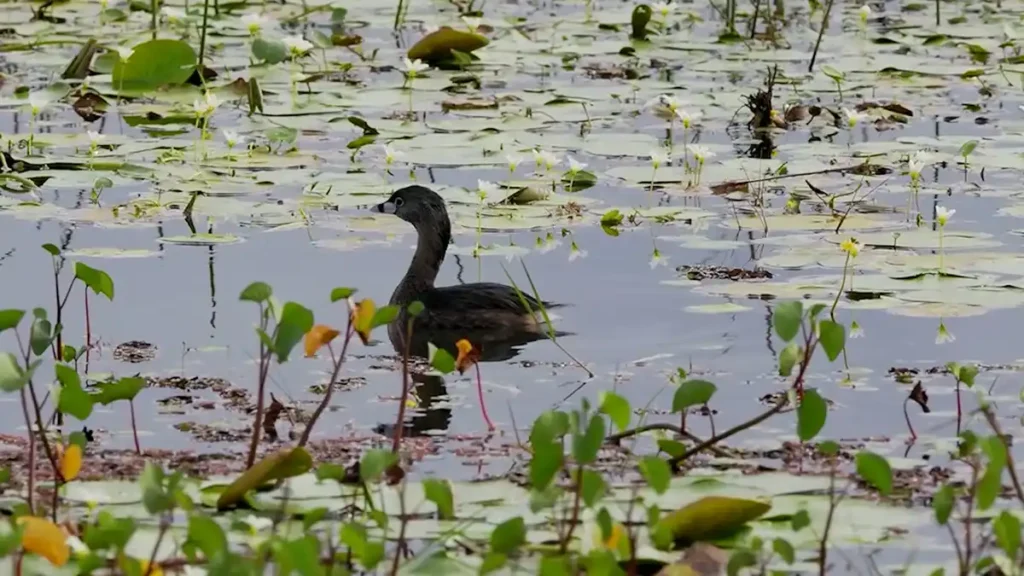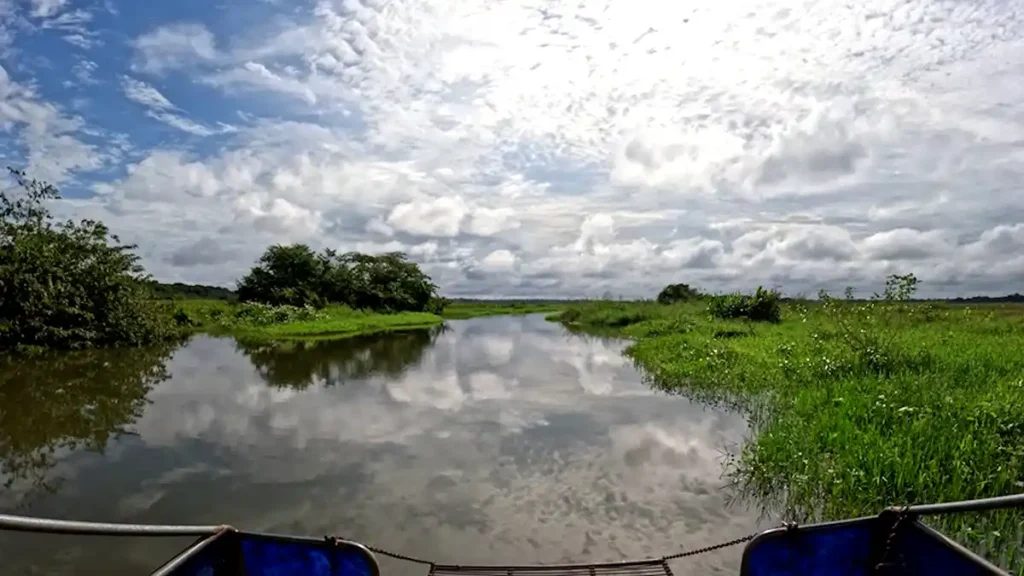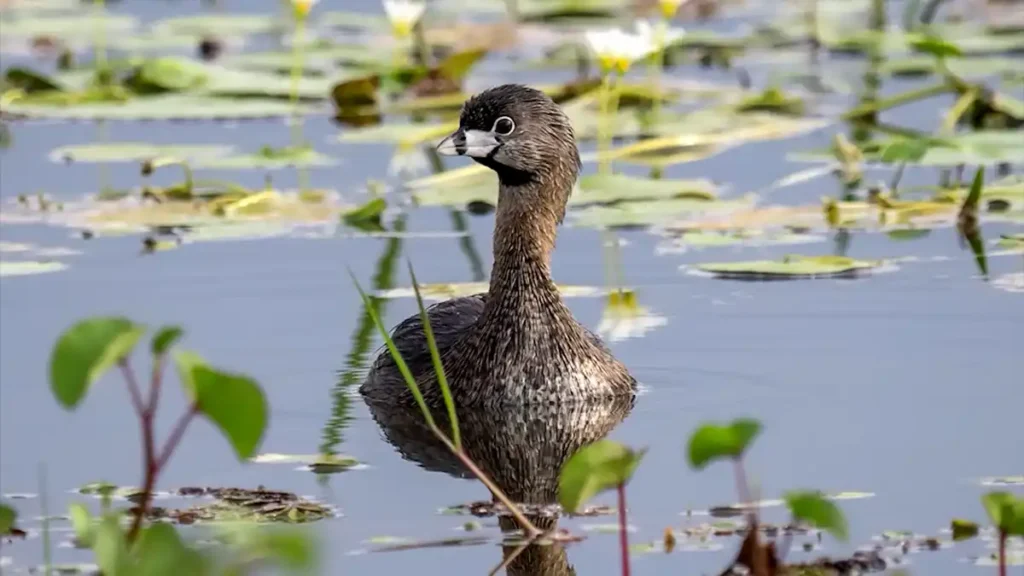23 Aug The Elusive Pied-billed Grebe in the Caño Negro Wetlands

The Elusive Pied-billed Grebe in the Caño Negro Wetlands
Among the quiet backwaters and floating vegetation of Caño Negro’s wetlands swims a small yet remarkable waterbird: the Pied-billed Grebe (*Podilymbus podiceps*). Known for its secretive behavior and subtle beauty, this grebe is a year-round resident in Costa Rica and a fascinating species to observe in the wild.
Getting to Know the Pied-billed Grebe
The Pied-billed Grebe is a small, stocky diving bird with a short neck and a thick, pale bill marked by a distinctive black band—a feature that gives the species its name. Its plumage is generally brown, helping it blend easily into marshy surroundings. This grebe is an expert swimmer and diver, often submerging silently to avoid detection.
Courtship and Breeding Behavior
Breeding in tropical regions like Caño Negro can occur throughout the year, but is most commonly seen during and after the dry season when water levels begin to rise. The Pied-billed Grebe’s courtship involves synchronized swimming, vocalizations, and mutual preening.
– Nesting: They build floating nests anchored to emergent vegetation.
– Eggs: Clutches usually contain 4–7 eggs.
– Incubation: Both parents share incubation duties, lasting about 23 days.
– Chick Development: Chicks are precocial, swimming soon after hatching and often riding on their parents’ backs.
– Parental Roles: Both male and female actively feed and protect the young.


When and Where to See Them
The Pied-billed Grebe is not migratory in Costa Rica and can be seen throughout the year in Caño Negro. Still, there are ideal conditions for observation:
– Best Season: **December to April**, when water levels are lower and visibility is better.
– Best Time of Day: **Early morning or late afternoon**, when the birds are actively feeding.
– Habitat: Look for calm lagoons, floating vegetation, and marshy edges where the grebes feed and nest.
– Behavior: Watch for the bird’s habit of quietly sinking rather than flying away when approached.
Why Caño Negro is Special for Grebe Spotting
Caño Negro’s tranquil wetlands and limited boat traffic provide a perfect refuge for shy species like the Pied-billed Grebe. Its network of lagoons and channels offers nesting habitat and feeding grounds, making it one of the most reliable spots to observe this elusive diver in Costa Rica.
Though not as flashy as some of its neighbors, the Pied-billed Grebe offers a rewarding sighting for those who take the time to look closely. With its unique bill, underwater agility, and tender parenting behavior, it adds charm and depth to the birdlife of Caño Negro. Plan a slow-paced boat tour, scan the marsh edges, and you might just witness one of nature’s quiet wonders.




Sorry, the comment form is closed at this time.